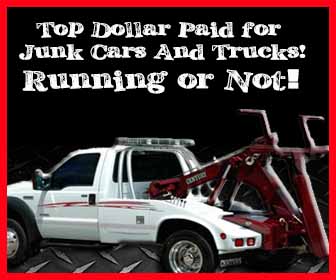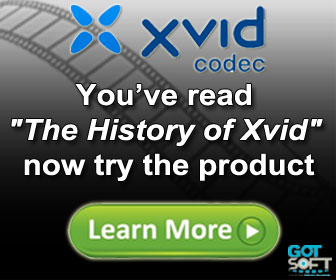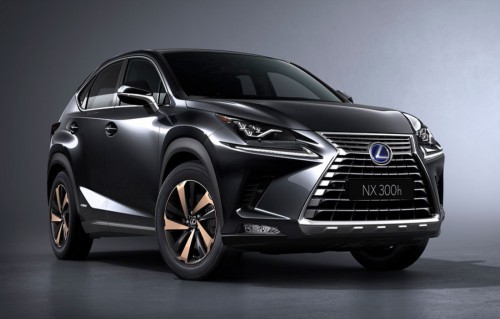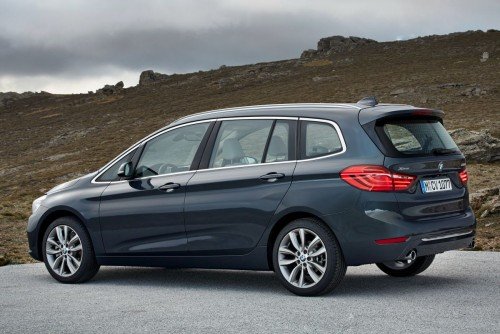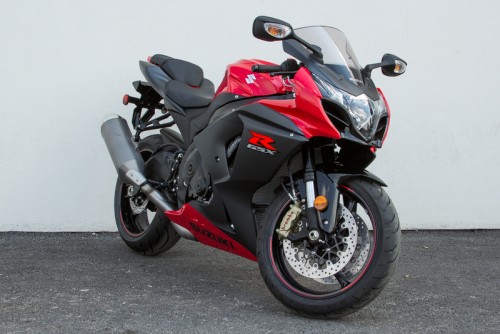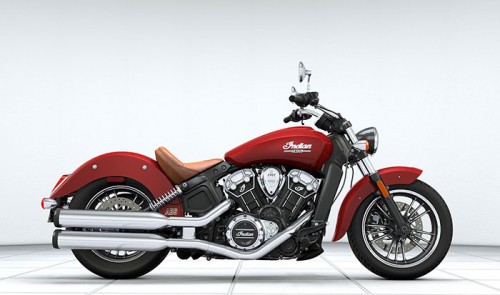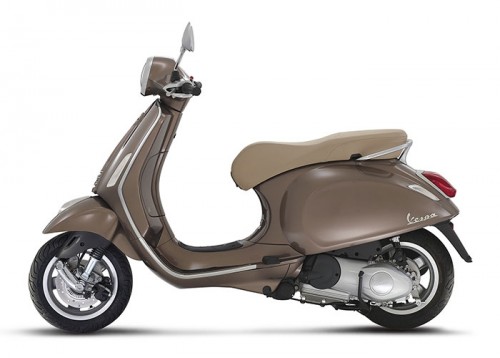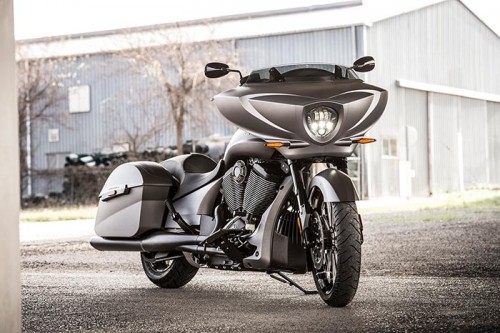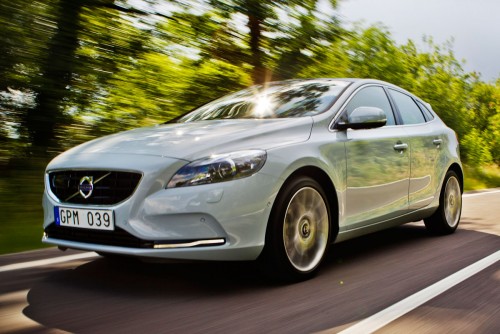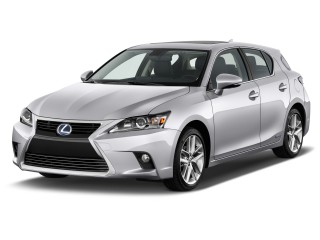About Subaru
History
FHI started out as The Aircraft Research Laboratory in 1915 headed by Chikuhei Nakajima. In 1932, the company was reorganized as Nakajima Aircraft Company, Ltd and soon became the primary manufacturer of aircraft for Japan during World War II. At the end of the Second World War Nakajima Aircraft was again reorganized, this time as Fuji Sangyo Co, Ltd. In 1946, the company created the Fuji Rabbit motor scooter with spare aircraft parts from the war.In 1950, Fuji Sangyo was divided into 12 smaller corporations according to the Japanese Government's 1950 Corporate Credit Rearrangement Act, anti-zaibatsu legislation, but between 1953 and 1955, four of these corporations and a newly formed corporation Fuji Kogyo, a scooter manufacturer; coachbuilders Fuji Jidosha; engine manufacturers Omiya Fuji Kogyo; chassis builders Utsunomiya Sharyo and the Tokyo Fuji Dangyo trading company[citation needed] decided to merge to form the Fuji Heavy Industries known today.
Kenji Kita, the CEO of Fuji Heavy Industries at the time, wanted the new company to be involved in car manufacturing and soon began plans for building a car with the development code-name P-1. Mr. Kita canvassed the Company for suggestions about naming the P1, but none of the proposals were appealing enough. In the end, he gave the car a Japanese name that he had "been cherishing in his heart": Subaru, which is the name of the Pleiades star cluster in Japanese. The first Subaru car was named the Subaru 1500. Only twenty P1s were manufactured owing to multiple supply issues. From 1954 to 2008, the company designed and manufactured dozens of vehicles including the 1500 (1954), the tiny air-cooled 360 (1958), the Sambar (1961), the 1000 (which saw the introduction of the Subaru boxer engine in 1965), the R-2 (1969), the Rex and the Leone (1971), the BRAT (1978), Alcyone (1985), the Legacy (1989), the Impreza (1993), the Forester (1997), the Tribeca (2005), the Exiga (2008), and the BRZ (2012).
Major shareholders
Nissan had acquired a 20% stake in 1968 during a period of government-ordered merging of the Japanese auto industry in order to improve competitiveness under the administration of Prime Minister Eisaku Sato. Nissan would utilize FHI's bus manufacturing capability and expertise for their Nissan Diesel line of buses. In turn, many Subaru vehicles, even today, use parts from the Nissan manufacturing keiretsu. The Subaru automatic transmission, known as the 4EAT, is also used in the first generation Nissan Pathfinder. Speculation has suggested that it was Subaru that introduced Renault to Nissan, when Renault asked for assistance in all-wheel drive (AWD) technology, and when FHI told Renault to discuss their plans with Nissan, the discussions may have been a contributing factor to the currently successful Renault-Nissan alliance[citation needed].
Upon Nissan's acquisition by Renault, its 20% stake was sold to General Motors in 1999. Troy Clarke, of General Motors served as representative to Fuji Heavy Industries on their corporate board. During that time, the Subaru Forester was sold as a Chevrolet Forester in India in exchange for the Opel Zafira being sold as a Subaru Traviq in Japan. Also, the Chevrolet Borrego concept was presented in 2002, a crossover coupe/pickup truck being derived from the Japanese-market Legacy Turbo platform. During the brief General Motors period, a "badge engineered" Impreza was sold in the United States as the Saab 9-2X. An SUV (Subaru Tribeca / SAAB 9-6X) was also planned but the SAAB version did not proceed, and styling was recycled in the 2008 Tribeca refresh.
Subaru in the United States
Main article: Subaru of America
Subaru of America was established in 1968 in Philadelphia by Malcolm Bricklin and Harvey Lamm. It relocated to Pennsauken, New Jersey, shortly thereafter and moved to its current headquarters in Cherry Hill, New Jersey, when Fuji Heavy Industries acquired full ownership. Subaru of America operates Regional offices, Zone offices and Parts Distribution Centers throughout the United States. Subaru of America also operates Port Facilities on both the West and East coast.
In 1989, Subaru and then-partner Isuzu opened a joint factory in Lafayette, Indiana, called Subaru-Isuzu Automotive, Inc., or SIA, which initially manufactured the Subaru Legacy and Isuzu Rodeo. In 2001, Isuzu sold their stake in the plant to FHI for $1 due to flagging sales and it was renamed Subaru of Indiana Automotive, Inc. SIA has been designated a backyard wildlife Habitat by the National Wildlife Federation and has achieved a zero-landfill production designation (the first automotive assembly plant in the United States to earn that designation).
Marketing efforts
In the 1970s, the company decided to expand its model range from small kei class vehicles like the Rex and Sambar and begin to develop larger, mainstream passenger cars like the Leone, and when Subaru continued in their efforts, and introduced the Legacy in 1989, it was a sales success and a new direction for the company. Subaru decided to offer more products due to the Plaza Accord agreement of 1985 which made the value of the yen stronger in exchange rates to the dollar, which had an effect on Subaru sales in the USA. The creation of the Legacy was influenced by Subaru's desire to compete with successful Japanese carmakers Toyota, Nissan and Honda, and the Legacy was targeted against the Camry, Stanza, and Accord. The Legacy was considered mainstream in its appearance and a departure from previous vehicles, which had earned a reputation of being "quirky". Subaru continued their new direction with the controversially styled Alcyone XT (1985), the GT six-cylinder SVX (1992), and the Impreza (1993).
Motorsports
Subaru Rally Team Japan led by Noriyuki Koseki (founder of Subaru Tecnica International, STI) ran Subaru Leone coupé, sedan DL, RX (SRX) and RX Turbo in the World Rally Championship between 1980 and 1989. Drivers for individual rallies included Ari Vatanen, Per Eklund, Shekhar Mehta, Mike Kirkland, Possum Bourne and Harald Demut. Mike Kirkland finished 6th overall and won the A Group at the 1986 Safari Rally. That year Subaru was one of the only manufacturers combining 4WD and turbo after Audi's successful quattro system had been introduced in 1980, but Audi withdrew from the WRC after safety concerns and Ford's serious accident early in the 1986 season. Subaru changed the rally model to Legacy RS for the 1990–1992 period and took part in the first complete season in the World Rally Championship with the same model in 1993.
Modified versions of the Impreza WRX and WRX STi have been competing successfully in rallying; drivers Colin McRae (1995), Richard Burns (2001) and Petter Solberg (2003) have won World Rally Championship drivers' titles with the Subaru World Rally Team, and Subaru took the manufacturers' title three years in a row from 1995 to 1997. Subaru's World Rally Championship cars are prepared and run by Prodrive, the highly successful British motorsport team. Several endurance records were set in the early and mid-nineties by the Subaru Legacy.
Diesel
The 2007 Frankfurt International Motor Show saw Subaru introduce a horizontally opposed, water-cooled, common rail turbodiesel using a variable geometry turbocharger called the Subaru EE engine, the first of its type to be fitted to a passenger car. Volkswagen had previously experimented with this idea during the 1950s, and made two air-cooled boxer prototype diesel engines that were not turbocharged, and installed one engine in a Type 1 and another in a Type 2.
The Subaru engine was rated at 110 kW (150 PS; 148 hp) and 350 N·m (260 ft·lbf) with a displacement of 2.0 litres. In March 2008 Subaru offered the Legacy sedan and wagon and the Outback wagon with the 2.0 litre turbodiesel in the EU with a 5-speed manual transmission only.
In September 2008 Subaru announced that the diesel Forester and diesel Impreza will be introduced at the 2008 Paris Motor Show, with Forester sales to begin October 2008 and diesel Impreza sales to start January 2009. The Forester and Impreza will have a 6-speed manual transmission only, whereas the Legacy and Outback have 5-speed manual transmissions only.
City Ranges
- 32.7 mpg-US (7.2 L/100 km; 39.3 mpg-imp)
- 33.6 mpg-US (7.0 L/100 km; 40.4 mpg-imp)
Highway Ranges
- 45.2 mpg-US (5.20 L/100 km; 54.3 mpg-imp)
- 49.0 mpg-US (4.80 L/100 km; 58.8 mpg-imp)
Historic cars
- 360
- 1500
- 1000
- R-2 (1969–1972)
- Alcyone XT
- Alcyone SVX
- Baja
- BRAT
- FF-1 G
- FF-1 Star
- Justy / Tutto
- Leone
- Sumo
- Rex
- Traviq
- Vivio
- Libero
Electric vehicles
In June 2006, Fuji Heavy Industries, Inc. (FHI) launched its Subaru Stella Plug-in electric vehicle, which is a kei car equipped with a lithium-ion battery pack. The vehicle has a short range of 56 miles (90 km) but it actually costs more than the Mitsubishi iMiEV, at ¥4,380,000 (US$44,860), including Japanese Government consumption taxes with an exemption of $2,240. It will also qualify for a rebate from the Japanese Government of up to $14,200, bringing the price down to $30,660. The vehicle is much like the i-MiEV, with a 47-kilowatt motor and a quick-charge capability, but the two-door mini-car has a boxy shape. FHI plans to start delivery in late July and plans to sell 170 vehicles by March 2010.
In Japan, Subaru is also currently testing two electric vehicles called the Subaru G4e and the Subaru R1e.
The Subaru Hybrid Tourer Concept is a four-seat vehicle with gull-wing doors that combines a 2-liter, turbocharged, direct-injection gasoline engine with a continuously variable transmission and two axle-mounted motors. A lithium-ion battery pack provides energy storage for the vehicle.
Current models
North America/Europe/Oceania/Middle East/Asia/Japan Subaru models
- BRZ
- Exiga
- Forester
- Impreza
- Impreza WRX and Impreza WRX STI
- Outback Sport / Gravel Express / RV
- Subaru Tribeca SUV
- Subaru Crosstrek XV/Impreza XV
- Legacy / Liberty
- Outback / Grand Wagon / Lancaster
- Subaru WRX STI
- Dex
The following models are sold in Asia and Europe. In Japan, they are in the Kei car class, with either front or all wheel drive, and a straight engine:
- Pleo
- R1
- R2
- Sambar
- Stella
An article posted by Autoblog on April 16, 2008 stated that due to the corporate investment by Toyota, all kei cars built by Subaru will be replaced by Daihatsu models beginning in 2010.




 Home
Home






